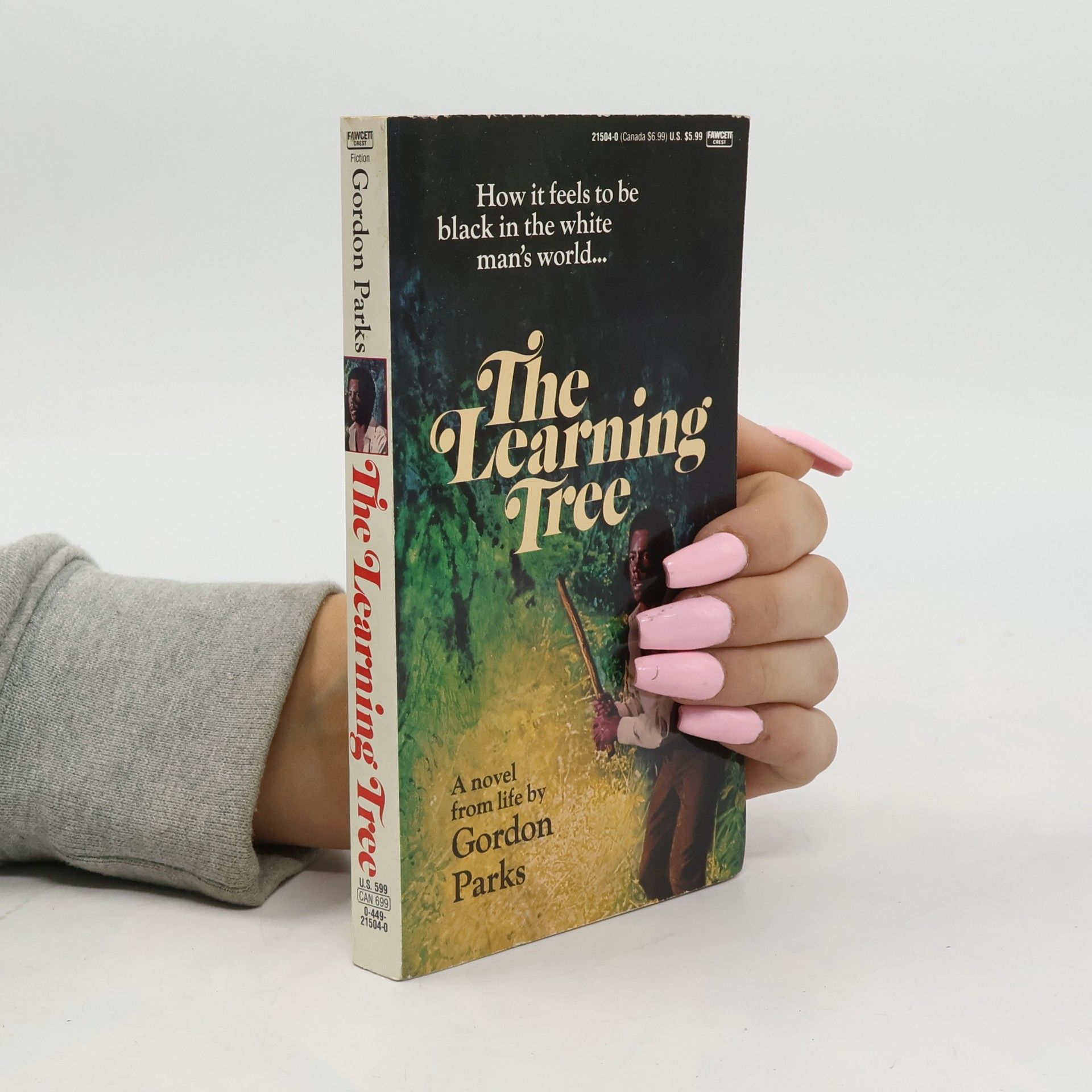Gordon Parks - the new tide, early work 1940-1950
- 304pages
- 11 heures de lecture
Focusing on new research and access to forgotten pictures, The New Tide, Early Work 1940–1950 documents the importance of these years in shaping Gordon Parks’ passionate vision. The book brings together photographs and publications made during the first and most formative decade of his 65-year career. During the 1940s Parks’ photographic ambitions grew to express a profound understanding of his social, cultural and political experiences. From the first photographs he published in Saint Paul, Minnesota, and his relationship to the Chicago Black Renaissance, to his mentorship with Roy Stryker and his breakthrough work for America’s influential picture magazines—including Ebony and Life—this book traces Parks’ rapid evolution from an accomplished, self-taught practitioner to a groundbreaking artistic and journalistic voice. Co-published with the Gordon Parks Foundation and the National Gallery of Art, Washington, D. C.




